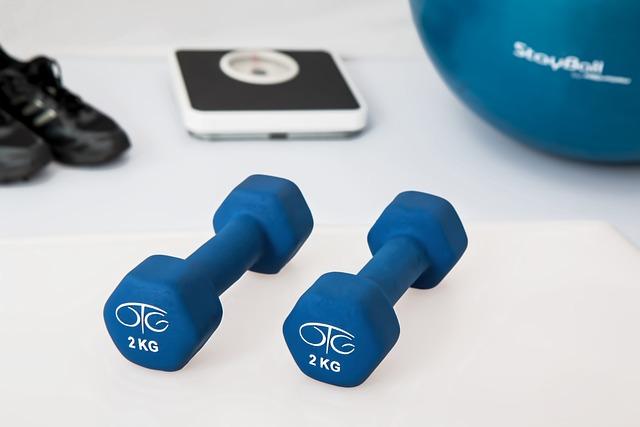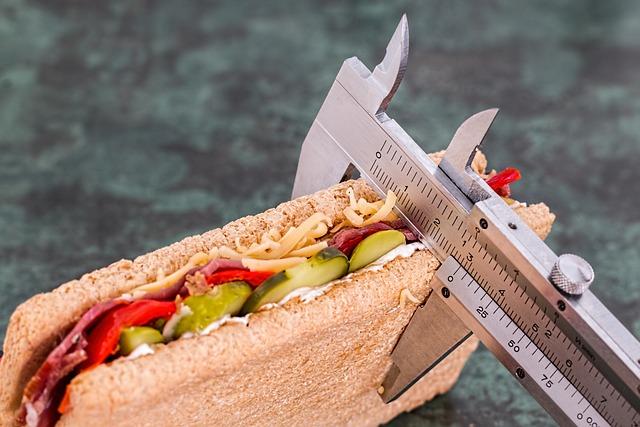Achieving and maintaining a healthy weight is a journey that requires dedication, strategy, and consistency. One of the most effective tools in this journey is a weight loss progress chart, which serves as both a visual representation of your efforts and a motivational compass guiding you toward your goals. However, the challenge for many lies not in starting this process, but in sustaining it. In this article, we will explore the essential steps to staying consistent with your weight loss progress chart, ensuring it becomes an integral part of your weight management strategy. By following these guidelines, you will be empowered to track your progress accurately, make informed decisions, and ultimately achieve the results you desire.
Establish Clear and Realistic Goals for Your Weight Loss Chart
Setting the right objectives is crucial when embarking on a weight loss journey. Start by defining specific, measurable, achievable, relevant, and time-bound (SMART) goals. This approach ensures clarity and keeps you motivated. For instance, instead of a vague goal like “lose weight,” aim for “shed 10 pounds in 8 weeks by exercising 4 times a week and following a balanced diet.” This specificity provides a clear target to aim for and a timeline to keep you accountable.
- Specific: Clearly define what you want to achieve.
- Measurable: Quantify your goal to track progress.
- Achievable: Ensure your goal is realistic given your circumstances.
- Relevant: Align your goal with your broader health objectives.
- Time-bound: Set a deadline to maintain focus and urgency.
It’s also essential to break down your overarching goal into smaller, more manageable milestones. This approach not only makes the process less daunting but also provides regular opportunities for celebration and motivation. Each mini-goal reached is a step closer to your ultimate objective, reinforcing your commitment and consistency with your weight loss progress chart.

Implement Regular and Accurate Data Tracking Methods
To ensure your weight loss journey is on the right track, it is essential to establish a system for tracking your progress that is both regular and precise. This can be achieved by integrating several effective methods into your routine. Consistency is key, so consider setting a specific day and time each week to record your measurements. This helps in minimizing variables that can skew results, such as water retention or temporary weight fluctuations.
Adopt the use of a digital scale and measure yourself at the same time each day, preferably in the morning. Alongside weight, track other vital statistics such as body measurements and body fat percentage. Utilize tools like fitness apps or spreadsheets to organize your data for easy analysis. You might also want to incorporate the following strategies:
- Photos: Take progress photos every month to visually capture your transformation.
- Journals: Keep a journal to note any changes in diet, exercise, and how you’re feeling.
- Graphs: Use charts or graphs to visualize trends over time, making it easier to identify patterns or plateaus.
These methods will not only enhance your tracking accuracy but also provide a comprehensive view of your progress, motivating you to stay committed to your weight loss goals.

Utilize Visual Analysis to Identify Trends and Patterns
When tracking your weight loss journey, leveraging visual analysis can be a game-changer. By using a well-structured chart, you can effectively monitor your progress, identify trends, and make informed decisions. Here are some strategies to maximize the benefits of visual analysis:
- Color Coding: Use different colors to represent various milestones or phases in your weight loss journey. This helps in quickly identifying periods of rapid progress or plateaus.
- Consistent Updates: Ensure that you update your chart regularly. This will provide a more accurate picture of your journey and help in spotting long-term trends.
- Highlight Patterns: Look for recurring patterns, such as weight fluctuations during weekends or holidays, and adjust your strategies accordingly.
- Incorporate Visual Cues: Use arrows, lines, or symbols to mark significant events or changes in your routine, like starting a new diet or workout plan.
By integrating these techniques, your weight loss chart becomes not just a record, but a powerful tool to stay motivated and achieve your goals efficiently.

Incorporate Accountability Strategies to Maintain Consistency
To ensure your weight loss journey is both effective and sustainable, integrating accountability strategies is essential. Accountability not only reinforces your commitment but also provides the motivation needed to keep moving forward. Start by sharing your goals with a trusted friend or family member who can act as your accountability partner. This person can check in on your progress, celebrate your victories, and help you stay on track during challenging times.
- Join a Support Group: Consider joining a local or online weight loss community. The shared experiences and advice can be invaluable.
- Track Publicly: Use social media or a blog to document your journey. Sharing updates with a wider audience can enhance your sense of responsibility.
- Set Regular Check-ins: Schedule weekly or bi-weekly reviews of your progress chart. Use these sessions to adjust your strategies as needed.
- Reward Milestones: Establish small rewards for achieving specific milestones. This not only keeps you motivated but also makes the process enjoyable.
Incorporating these strategies into your routine will help maintain the consistency required to achieve your weight loss goals. Embrace the support and structure they provide, and you’ll find yourself more focused and determined to reach your target.
